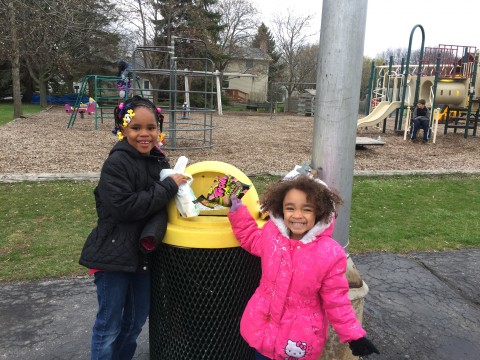Tag: Norms
Making Cool Choices in Singapore
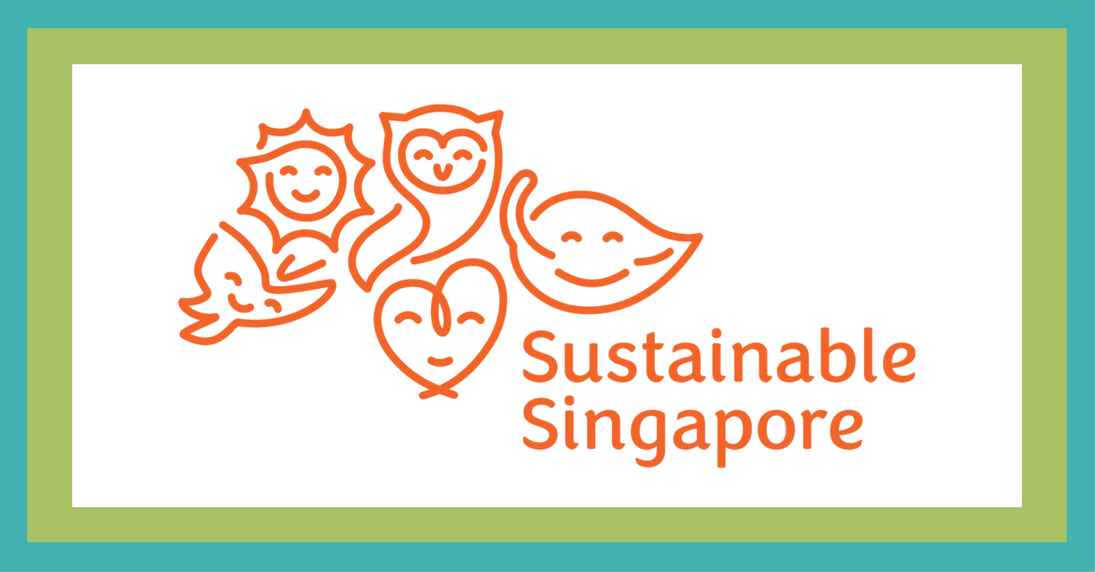
Whenever we talk about the results organizations receive from our sustainability engagement program – how a simple game-based format inspires adults to make real changes in their lives – sustainability advocates are intrigued, but they are also skeptical: “Sure, Cool Choices inspired measurable changes in that organization, but would it work in ours?”
2018 Sustainability Goals and Trends
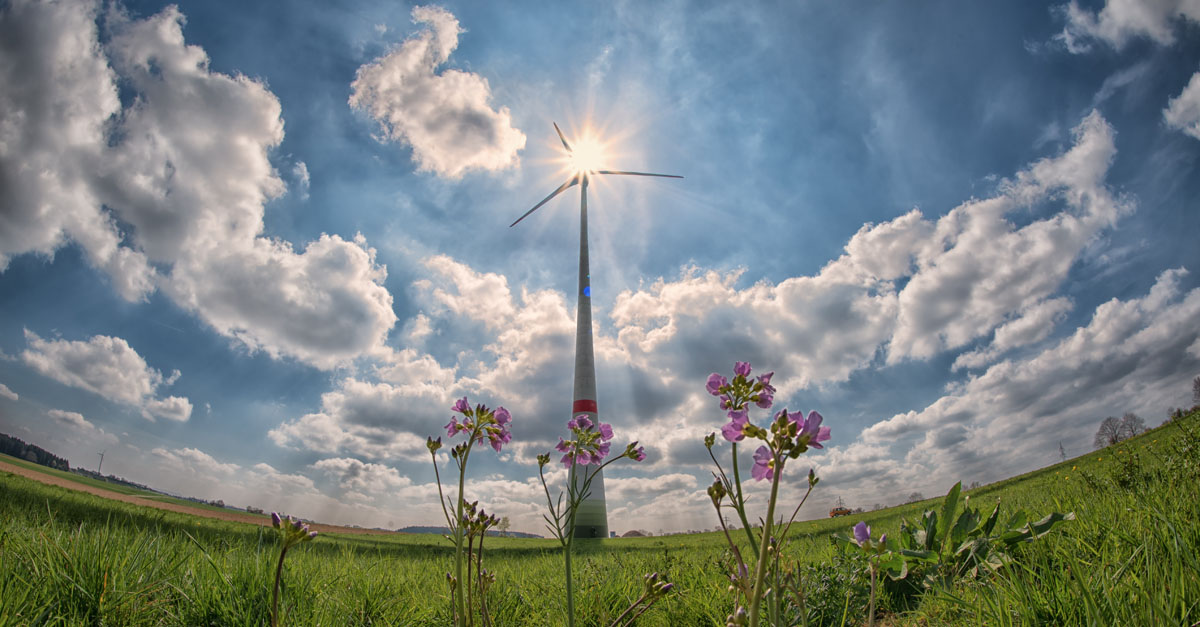
In the wake of the US federal government pulling out of the Paris Treaty on Climate Change, cutting the budget of the Environmental Protection Agency (EPA), and reducing national park land, some might wonder what 2018 sustainability trends might look like. However, new entities have emerged to lead the fight to reduce climate change and champion sustainability. We saw more than 2,500 businesses, local governments, colleges and universities, tribal leaders, and faith-based organizations step forward and sign the We Are Still In pledge, committing to tackle climate change, ensure a clean energy future, and uphold the Paris Agreement with or without the help of the federal government. Efforts like We’re Still In demonstrate the power of leadership at all levels.
Calculating the ROI of Employee Engagement
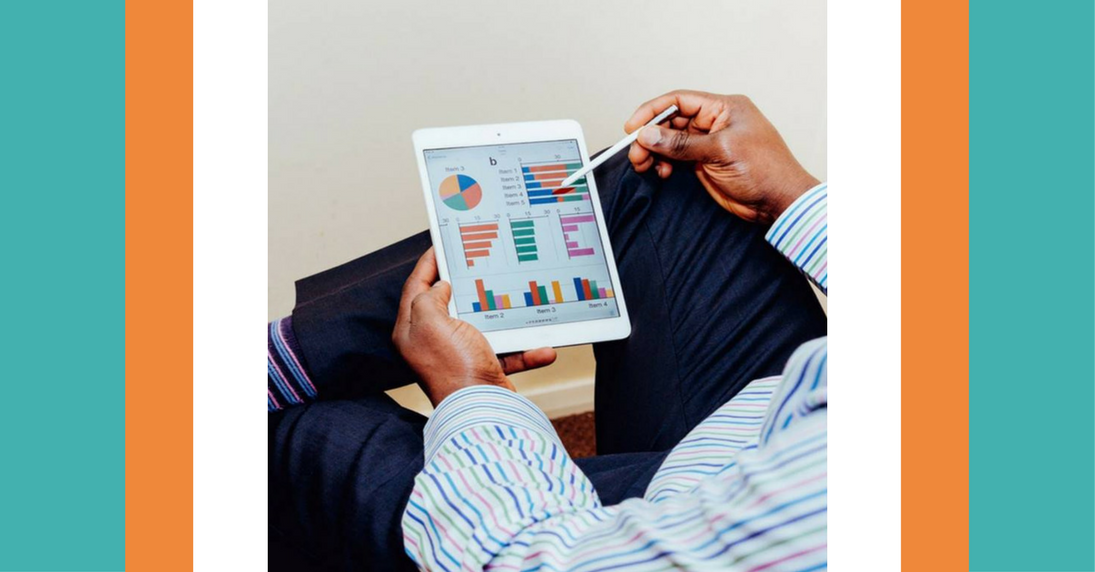
If you ask a savvy sustainability manager to calculate the return on investment (ROI) from an efficiency project, they are likely to ask a few follow up questions—because they know that a solid ROI compares all costs to all benefits, and it can take a little digging to get the requisite data.
Inspiring Behavior Change Generates Real Results
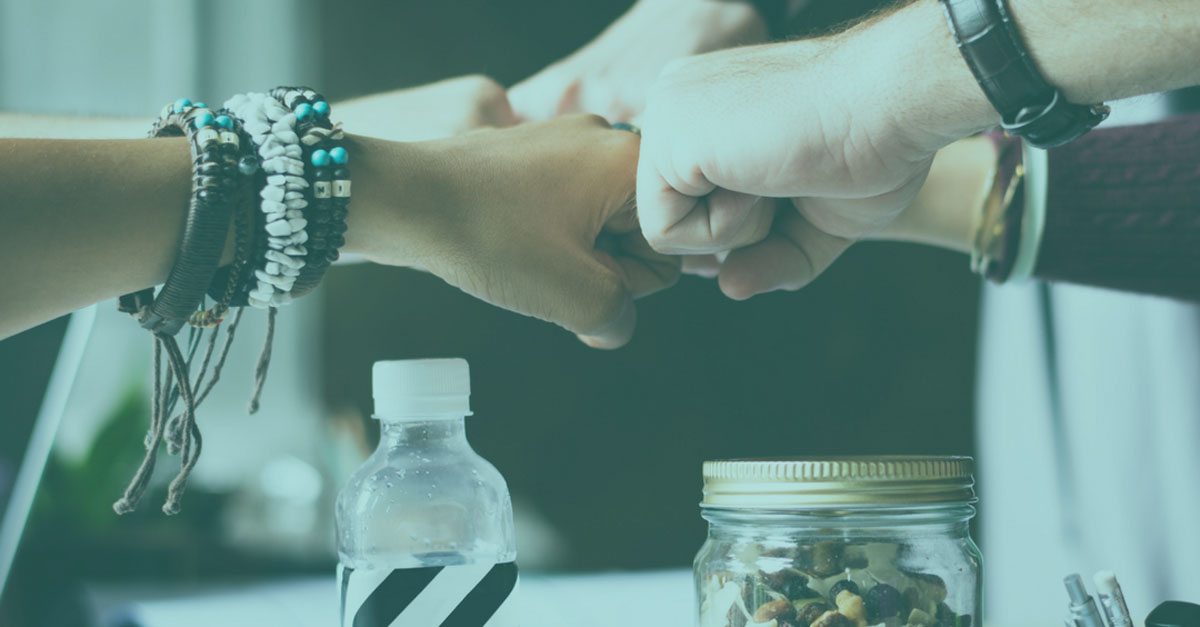
“I was skeptical…but it really works!”
It’s ok, we get that a lot – even some our clients admit that they were surprised by how well our employee engagement programs worked to motivate behavior change around sustainability, and to deliver immediate savings results – all while influencing hearts and minds over the longer term.
Sustainability from the Employee Perspective
Over the course of the sustainability programs we implement with our corporate partners we always solicit employee suggestions—ideas for reducing waste and increasing efficiency at these companies.
We get a lot of ideas; in a typical program, participants submit hundreds of suggestions associated with saving energy, water and fuel while also reducing landfill waste.
Recently we analyzed the ideas we received from all of our 2016 programs to look for patterns and lessons learned as a resource for sustainability leaders. The full results are available in our “Employee Perspectives on Sustainability” white paper.
Leveraging Social Norms to Achieve Sustainability Objectives
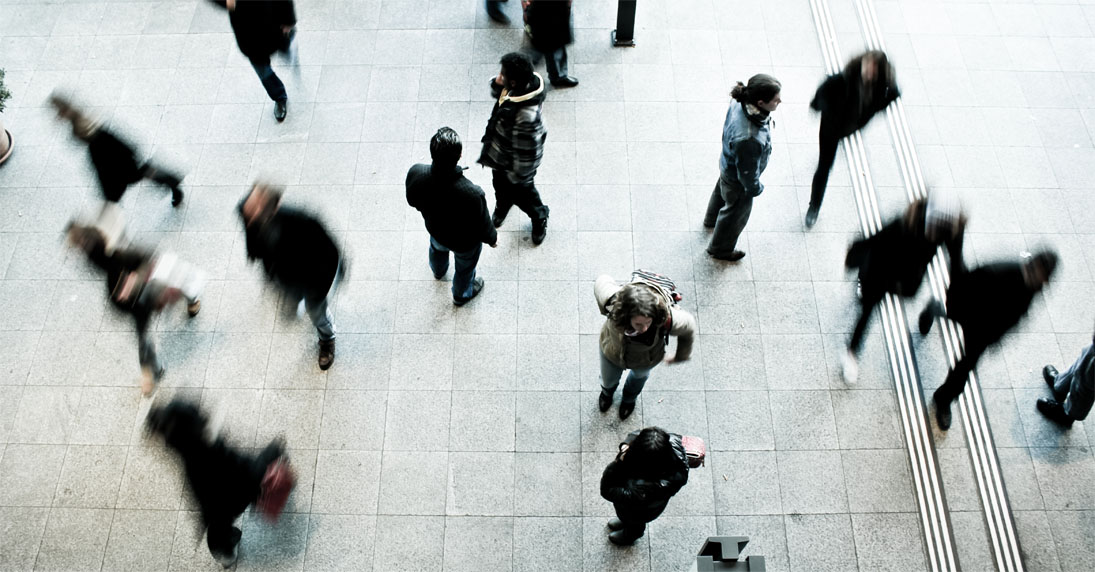
As human beings, we are surrounded by social norms – interactions with others that indicate approval or disapproval of our actions. We get cues from folks close to us, such as a partner who rolls their eyes when you start to tell ‘that’ story again. We also get cues from total strangers, like the pedestrian who smiles when I stop for them in the crosswalk.
Beyond the Game: Tina’s Sustainability Story
To highlight the cool things our alums do after taking part in the Cool Choices online sustainability game, we’ll be sharing monthly stories submitted by past participants. Our alumni always impress us by taking sustainable practices to the next level.
This month we were inspired by Tina’s sweet story of working together with her granddaughter…
What green activities have you been up to since taking part in the Cool Choices program?
When I take my granddaughter to the park we go around and pick up trash after we are done playing to help our earth stay clean!
Do you have any tips for others trying to be sustainable?
We make it into a game! Always teach your kids about the importance of our planet, it’s our home and it’s up to us to take care of it.
Tina took part in the Cool Choices online sustainability game in 2014 with Outagamie County. Inspired by Tina’s sustainability story? Remember, you can make a difference! Cool Choices is creating a new platform, Connected, where our Cool Choices alumni can share their sustainability stories and inspire others. We’ll share more details about Connected soon!
Games Empower Coworkers to Coach Each Other
 Are you comfortable providing direction to your peers?
Are you comfortable providing direction to your peers?
According to a recent study, most of us are not—the lack of hierarchy makes it awkward for us to nudge a colleague when they are not following protocols.
This is a big deal. We know people are deeply influenced by the behaviors of others and this study tells us that it’s typically uncomfortable to influence peer behaviors. That means there’s enormous opportunity for unsustainable practices to spread across our organizations.
Envision a scenario where Joe leaves equipment running even though the office policy is to shut off equipment at the end of the day. Bill is unlikely to correct Joe because, well Bill’s not Joe’s boss so, really, it’s none of his business. And besides, Joe brings in home-made muffins sometimes and Bill likes muffins. So the equipment stays on, which ultimately affects Amy and Mike’s behaviors too; they see that others leave the equipment on so they do the same. The office policy is largely irrelevant in the face of increasingly pervasive social norms.
Cool Choices game shakes up this dynamic. Games give people permission to coach other players (especially team mates). Within the context of a game Bill will likely tell Joe to shut off the printer—because leaving it on is killing their team standing. And, instead of withholding muffins, Joe will probably laugh at Mike’s team spirit but he’ll also turn off the equipment. And the interaction might prompt Joe to coach Amy “hey, you’d better shut off the copier; Mike’s determined that we’re winning this game.”
We see this all the time. Playing a game gives people permission to coach, to talk to colleagues about their practices. And, because the conversations are within a game setting, the interactions feel appropriate to all parties. Ultimately Cool Choices inspires people to talk to each other—directly—about sustainable practices within their community. And those conversations lead to amazing results.
It’s Not Me, It’s You | Making Sustainability Visible
There has been some hand wringing in recent days regarding findings from the National Geographic’s annual Greendex survey. Commentators read the survey and bemoan that Americans are not only more wasteful than their peers around the world, but we also don’t feel guilty about that waste.
Reading the survey results I see a slightly different explanation.
Greendex is a measure of consumer attitudes and opinions, as well as practices. Across four categories of consumer behavior (housing, transportation, food and consumption of goods), Americans ranked dead last, meaning our behaviors have greater environmental impacts than the parallel behaviors of our peers in any of the other 17 countries surveyed.
That ranking is no surprise. Our suburban, car-oriented culture is resource intensive and the US has ranked last each year since the survey began in 2008.
What seems discouraging is that just 21% of US respondents feel guilty about their environmental footprint, compared to higher percentages in other countries like India and China where people have lower footprints. The spin has been that we’re wasteful and that we don’t care.
Looking at some of the other findings here—consistent with other recent surveys—I think there is another story. In the Greendex survey 52% of Americans described themselves as green. So more than half of us think we are doing our part. At the same time these same US respondents said only 35% of all Americans are green.
That means that if there’s a problem in the US, it’s not me it’s you.
This is consistent with the recent AP-NORC survey on energy use and attitudes where only 9% of respondents thought their usage was higher than others in their community—9%. The rest split pretty evenly between reporting they were average or that their usage was below average.
The problem is that we are confident that we are not the problem.
Cool Choices sees this phenomenon in our work inside corporate communities. When we do baseline surveys the majority of employees report that they are doing their part to be sustainable. When asked what portion of their coworkers share this commitment the numbers drop. Indeed, the Greendex numbers look pretty consistent with what we have seen.
And this is a problem. Actually it is multiple problems.
- First, the perception that I’m the only one trying gives me license to try less hard going forward. This is the ‘I’ve already done my part’ phenomena that George Marshall and others cite.
- More importantly, though, the sense that I’m in the minority has huge implications for social norms. If I think most of my colleagues do not care about sustainability then I’m less likely to speak up when I see opportunities.
- And, of course, I will feel less guilty about my overall impact—because it is not as big as the impacts of others around me.
Making sustainability efforts more visible—giving people proof that those around them are also trying to do the right thing—achieves multiple objectives. It busts open the myth that I’m the only one who cares and it puts my current efforts (which might not be as green as I want to think) in context with the actions of my peers, ideally spurring me to do more.
Cool Choices achieves visibility through game systems that are transparent—so that players can see what actions other players have claimed. How can you enhance the visibility of sustainable actions in your work?
The Climate Challenge – Reducing Greenhouse Gas Emissions
Extreme weather—from heat waves to flash floods and severe droughts—is fast becoming the new normal. The extremes are consistent with climate change models and, per NOAA scientists, consistent with a warming planet. The New York Times summarized the NOAA findings:
Heat waves, in particular, are probably being worsened by global warming, the scientists said. They also cited an intensification of the water cycle, reflected in an increase in both droughts and heavy downpours.
More, there are some indications that change may be accelerating. Scientists monitoring sea levels, for example, are seeing levels rise on both the east and west coast at faster rates than anticipated by current climate change models.
The heat is also generating more discussion about climate change. This issue gets tricky because weather is not climate. Here a clothing analogy is helpful—weather is like the outfit I chose to wear today whereas climate is like the collection of clothes in my closet, a collection that works for the seasonal weather patterns in my community. Living in Wisconsin requires a different closet of options than does living in Arkansas or Alaska (assuming you spend some time out of doors in the natural environment). A single weather event is not proof of climate change but multiple events add up to trends and, as this graph from Climate Communication illustrates, the trends are stunning because the incidence of record high temperatures is fast outpacing the incidence of record lows.
Recent poll data suggests that Americans are noticing these trends and that the general public’s concern about climate change is growing.
Of course concern is not action.
Polls also suggest that Americans want the US government to take the lead on climate change. Unfortunately, federal action seems unlikely since polarization is sharp in Washington and gridlock seems to be the norm. Besides, climate change is not just about the US; this issue involves all countries, which makes consensus even more difficult. The recent Rio+20 conference illustrated this point all too well.
So what is left to do?
If we do nothing we exacerbate the problem. Ignoring the risks means we are ill prepared to deal with extreme events each time they occur with increasing frequency. Maintaining business as usual also means we continue to emit greenhouse gases at a pace that will further jeopardize our communities.
The alternative—acting to reduce our emissions and preparing for extreme events—can seem hopeless. After all, I cannot solve this issue alone; I’m just one person.
Cool Choices believes that we can solve this issue together. We believe that every action matters because it is another step away from complacency. We know that your actions can inspire others to act—your friends, co-workers, other members of your church, etc. We believe your actions can be viral because we have watched actions spread. We also believe that if people begin to act, to demonstrate their priorities, then our national political leaders will eventually follow, even if we cannot currently count on them to lead. At this moment, we encourage everyone to think about the words of Margaret Mead:
Never doubt that a small group of thoughtful, committed citizens can change the world. Indeed, it is the only thing that ever has.
Cool Choices invites you to join us—and to be part of the solution.


